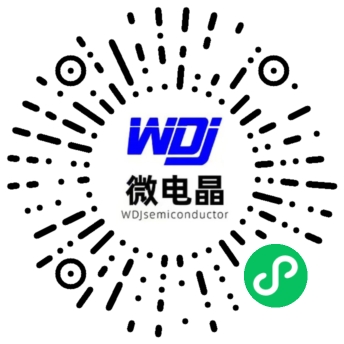With the vigorous development of 5G, the concept of the Internet of Things has gradually entered everyone's attention. I'm sure you've all heard of it. But what exactly is the Internet of Things?
The Internet of Things (IoT) is an information carrier based on the Internet, traditional telecommunications networks, etc., so that all ordinary physical objects that can be independently addressed form an interconnected network.
Then Xiaobian will explain in human words. Generally speaking, the Internet of Things is to connect objects to the network, so that information can be exchanged between objects and objects and between objects and people. The Internet of Things is the Internet of everything connected, and it is an extension and expansion of the traditional Internet.
1. The concept of Internet of Things
To understand the Internet of Things, let's start with the Internet.
Simply put, the Internet is a huge network that connects all the computers together so that they can exchange information with each other. Later, mobile terminals such as pads and mobile phones were successively connected to the Internet, forming the mobile Internet.
With the continuous development of science and technology, people find that not only computers and mobile terminals, but also all kinds of objects in life, as long as they are equipped with chips, they can access the Internet and realize the exchange and transmission of information. For example, the former mechanical watch evolved into the current smart watch and bracelet.
For example, installing a smart chip on the gas meter at home can realize the automatic copy of the gas meter reading, and there is no need to manually read the meter. We just need to pay in the APP.
Seeing this, you should have a general idea of what the Internet of Things is? Yes, the Internet of Things is to install chips on all kinds of devices in production and life, so that they have the ability to access the Internet, that is, the so-called Internet of everything.
Knowing what the Internet of Things is, the question arises again: How does the Internet of Things work with so many things connected?
2. Operation mode of the Internet of Things
Taking shared bicycles as an example, Xiaobian will briefly introduce the operating principle of the current Internet of Things.
Shared bicycle is a typical application model of the current Internet of Things, which is composed of three elements: user, cloud server and bicycle.
User: To be precise, it is the APP in the user's phone
Cloud server: The cloud server of the bike operator, which is used to store the bike and user information
Bicycle: The core device is a smart lock, which is equipped with a chip. The chip is the "brain" of the bicycle, which makes the bicycle more intelligent while accessing the network.
The operation principle of shared bicycles can be described by the following simple process:
In the above process, the user's mobile phone APP uses 4G communication with the cloud server, while the cloud server uses GPRS communication with the bicycle smart lock.
Speaking of this, does anyone have a question: how does the shared bike power the chip inside the smart lock?
It used to be powered by human power. The rider acts as a human generator to charge the bike smart lock during the ride. So before the bicycle more and more tired, now you know why. (Chuckles, covering his mouth)
Today, the bikes are powered by solar panels, which sit at the base of the basket.
So this car basket can not be casually used, such as the picture below...
As one of the four new inventions, shared bicycles are a model of the current Internet of Things application. Similar to shared bicycles, other iot application models are also composed of three elements: device objects, cloud servers and apps. This APP can be installed on a user's smartphone or other mobile device to control and manage device objects. In the shared bicycle model, GPRS communication is used between the cloud server and the bicycle intelligent lock, and 5G communication is not used. So, what is the future of 5G based Internet of Things?
3. Look to the future of iot
In fact, mMTC (large-scale machine communication), one of the three major 5G application scenarios, is for the Internet of Things. Based on the strong connectivity of 5G networks, 1 million devices can be accessed per square kilometer. Roadside manhole covers, street lights, water meters and other public infrastructure have the ability to access intelligent management platforms, so that they can work together, which is the concept of "smart city".
In the "smart city" scenario, only a small number of maintenance personnel can manage the public facilities of the entire city, greatly improving the operational efficiency of the city.
Smart cities are only a microcosm of the Internet of Things, and devices in other industries and fields can also be connected to the Internet to achieve scenarios such as smart agriculture and smart home.
In the smart agriculture scenario, meteorological data, soil temperature and humidity and other data are collected by sensors. When there is no rain for a long time, the irrigation system can be automatically started. When there is a lot of rain, the drainage system can be automatically started, which significantly improves the efficiency of agricultural production and operation.
In the future, home appliances and equipment can be centrally managed and controlled through the Internet of Things. Imagine a smart home scenario: Every morning the alarm goes off on time and the electric kettle automatically starts boiling water. After you go to work, the lights, air conditioning and so on automatically turn off, the washing machine starts to wash clothes, the sweeping robot cleans... And you can control these smart devices at home from work through your mobile APP.
Technology changes life. With the rapid development of 5G, big data and artificial intelligence, the Internet of Things will also flourish, bringing earth-shaking changes to our lives. Let's wait and see.
-
Phone
18038100174 -
Wechat



 中文
中文
